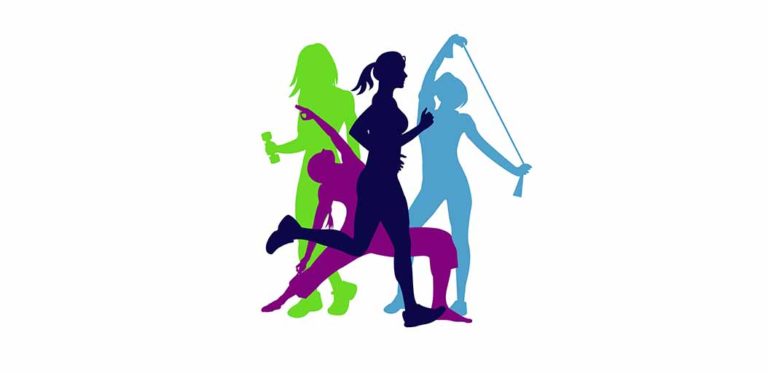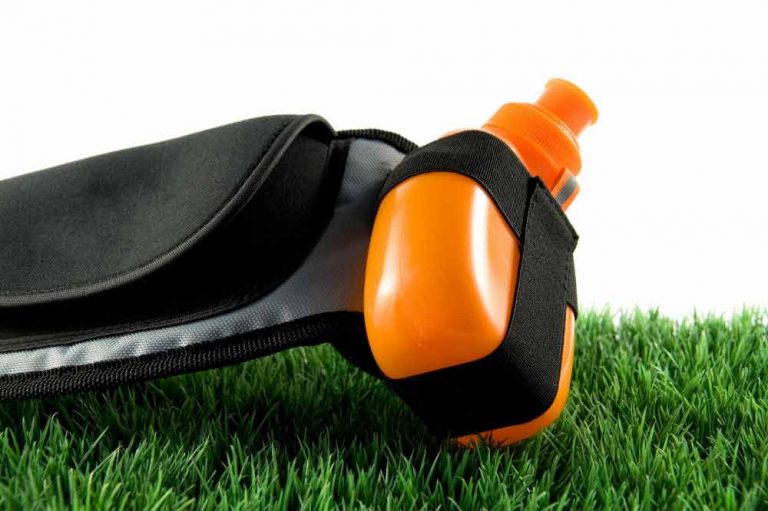Running In Place – Is It A Good Exercise? (Cautions And Benefits)
Running is an excellent cardio workout. But does running in PLACE offer similar benefits?
While running and running in a place differ in their benefits, both have advantages and disadvantages based on the circumstances. Though running in a place does not offer cardio benefits, it does provide an aerobic workout.
Running on the spot for extended periods is challenging. If you can easily run 40 minutes outside, jogging on spot for even 20 minutes is quite a stretch.
Running in place is an excellent warmup exercise before a vigorous workout session.
It is highly effective when you include other forms of exercise such as jump squats, butt kicks, and high knee variations into this practice.
When Is Running In Place The Best Option?
Running in place is the best option when:
- You want a quick workout then and there between a work break
- You have some idle time and need a workout but are not in a mood to go out
- You are traveling and need to get your daily dose of short exercise
- You love working out but have no time to spare other than a few minutes here and there
- You live in a small space and can’t afford the gym or other equipment
You get the idea. It surpasses the time and space constraints. For many people, this is very valuable as almost every busy person can relate to at least one of these situations.
It is better to do some workout rather than nothing.
Though sprinting in place becomes monotonous and works the same muscles from time to time, including a few other exercises can change that.
While it is better when your options are limited, it does not offer cardio workout benefits. It does improve heart health, strengthen your body and burn fat, but there are better alternatives for jogging in place.
Benefits of Running In Place
Running in place significantly improves your flexibility, stability, and muscle strength. As the constant movement of the muscles is rhythmic, when you contract and expand, they receive a fantastic aerobic workout.
1. Healthier Knees
Running in place works your knees rapidly and strengthens them. They become stronger as you go and develop better flexibility. This might help in reducing the pain in the knees.
2. Better Balance
It improves your dexterity as you learn to balance yourself in a place. When you coordinate your muscles to steadily practice a movement repeatedly, they develop better agility. This, in turn, reduces your risk of fall injuries.
3. Improves Posture
If you engage the abdominal muscles while you run in place, they support posture improvement. Research published in the Journal of Physical Therapy Science in 2015 suggests that a 30-minute exercise 3 times a week showed a significant change in posture within 6 weeks.
Misuk Cho et al. conclude that running in place is useful as a posture improvement exercise through a study conducted on 30 test subjects.
4. Supports Weight Loss
You burn a substantial number of calories when you run in place. As the fat melts away, it results in weight loss. It also leads to changes such as improving blood sugar levels and elevated heart rate.
5. Improved Circulation
This aerobic exercise improves your blood circulation, supplying blood to your extremities. Your limbs feel more active, and you become productive because of this action. Your lung capacity increases, and so does your cardiovascular functioning.
Tips To Comfortably Run In Place
Running in place is stressful and has a higher impact on your body. Here are a few tips to optimize the results and do it conveniently.
- You can take maximum advantage of running in place only when you maintain proper form.
- It is possible to minimize the impact of this exercise when you run on a padded surface such as a thick carpet or an exercise mat.
- Running in the same place is tedious for your muscles. Spice it up by adding a few cardio routines.
How to Run In Place?
The basic movement in spot running is fighting gravity. It requires a powerful core and a strong lower body. It also helps you develop your core as you start working out.
Like every exercise, you start by warming up yourself. Start with warmup exercises or a slow pace.
You use your right arm along with your left foot to start running. Lift them at the same time while raising your knee to your hip level. Repeat the same by switching to the alternative limbs.
At the same time, move the previous foot and arm in motion to their prior position. Increase the speed as you go.
Include a cool-down routine by jogging or walking in place and conclude with a few stretches to relax your body.
Making Running In Place Interesting
You can make running in place by performing different variations. One simple change is to vary the interval. When you gain endurance to a 10-minute interval, step it up to 15 or a 20-minute one.
This helps you to challenge your body and push your limits. However, it is important to do it gradually. Another easy change is to decrease your rest period. Do not allow your body to run off the elevated heartbeat but just allow it to pause and restart quickly.
As you go, you can add a few other exercises such as jogging, bodyweight exercises, and running faster and slower as variations. When you do these by setting a different time interval, your body works different muscles. Also, you do not feel boredom of workout in the same place.
Precautions
Exercising cautiously is necessary for every form of workout. When you perform them correctly, you can avoid injuries and enjoy the advantages they provide.
- Consult your physician before starting any new exercise.
- Always start with a warmup session and end with cool-down exercises.
- Do not push yourself too hard to the point of injury but build up endurance gradually.
- If you experience pain in the ankles, shins, and hips, it means you need to rest your muscles and allow them to recover.
- Stop exercising immediately if you think you injured yourself.
- Use the correct form.
FAQs
What Is Running in Place Called?
Running in place is called running or jogging on the spot. It is an aerobic exercise typically used as a warm-up. It may also be completed with other drills such as jumping squats, high knees, and butt kickers.
How Many Minutes of Running in Place Is a Mile?
How long does someone have to jog in place to equal 1 mile? The average time for a beginner to run a mile outside is 12-15 minutes. So we can assume that jogging 10-15 minutes in place equals a mile. Another way to look at this is to compare the steps.
How Many Steps of Jogging in Place Is a Mile?
Running speed determines the exact number of steps you take. A beginner jogging a mile in 12-15 minutes might take 2000 steps. Those running the same distance in eight minutes might take only 1400 steps.
So on average, you take 1500 steps when you run a mile outside. When jogging in place, you can assume that you have run a mile if you take the same amount of steps.
Is Running in Place the Same as Running on a Treadmill?
No. Running in place is better than nothing, but it does not replace running on a treadmill for effectiveness.
The primary element in spot jogging is to fight gravity with up and down movement. On a treadmill, you run forward.
Of course, a treadmill can’t fully mimic running outside as some forward movement is done by the treadmill feeding the belt to you. But compared to running in place, the treadmill is totally different.
Running forward is more effective at producing positive benefits in the body, such as muscles worked and calories burned. So you’re getting more muscle activation when running on a treadmill than spot running.
Instead of spot jogging, try to run outside or on a treadmill. Use spot jogging as a warm-up or a temporary solution.
Is Running in Place Effective for Weight Loss?
Low-impact aerobic exercise will burn approximately 183 calories for a 160-pound person in 30 minutes, according to Mayo Clinic. And jogging on the spot can be counted as a low-impact aerobic exercise.
The number of calories burned may not seem significant. Nevertheless, it’s better than staying on the couch.
You can increase the intensity by mixing bodyweight exercises, such as jumping squats, high knees, and butt kickers, with jogging on the spot. It could easily result in a 50 percent increase in total calories burned.
Compared to walking in place, spot jogging is more stressful on the body. However, it burns more calories than walking, resulting in more significant weight loss.
However, running in place for a long time may be hard. It is easier to keep up walking on the spot longer.
Is Running in Place for 5-10 Minutes Good?
Running in place for a short time is still an effective workout, even though you won’t get all the benefits of running outside. It’s ideal if you can’t run regularly or want to squeeze in a short workout during the day.
Include drills like jumping squats, high knees, and butt kickers while spot running. Adding some variety to your routine will target different muscle groups.
The Bottom Line
Running in place might seem like a low-end alternative compared to an actual run. But given the circumstantial benefits running in place provides, it is a perfect workout for the busy lifestyle.
If you do not compare it to running, it has ample benefits to offer on its own. You can reap excellent benefits when jogging in place by taking proper precautions and adding different exercises in-between.
In short, you can activate your glutes and hamstrings without stressing your hip-flexors spread over a few 10-minute sessions throughout the day. That too in a limited space.





